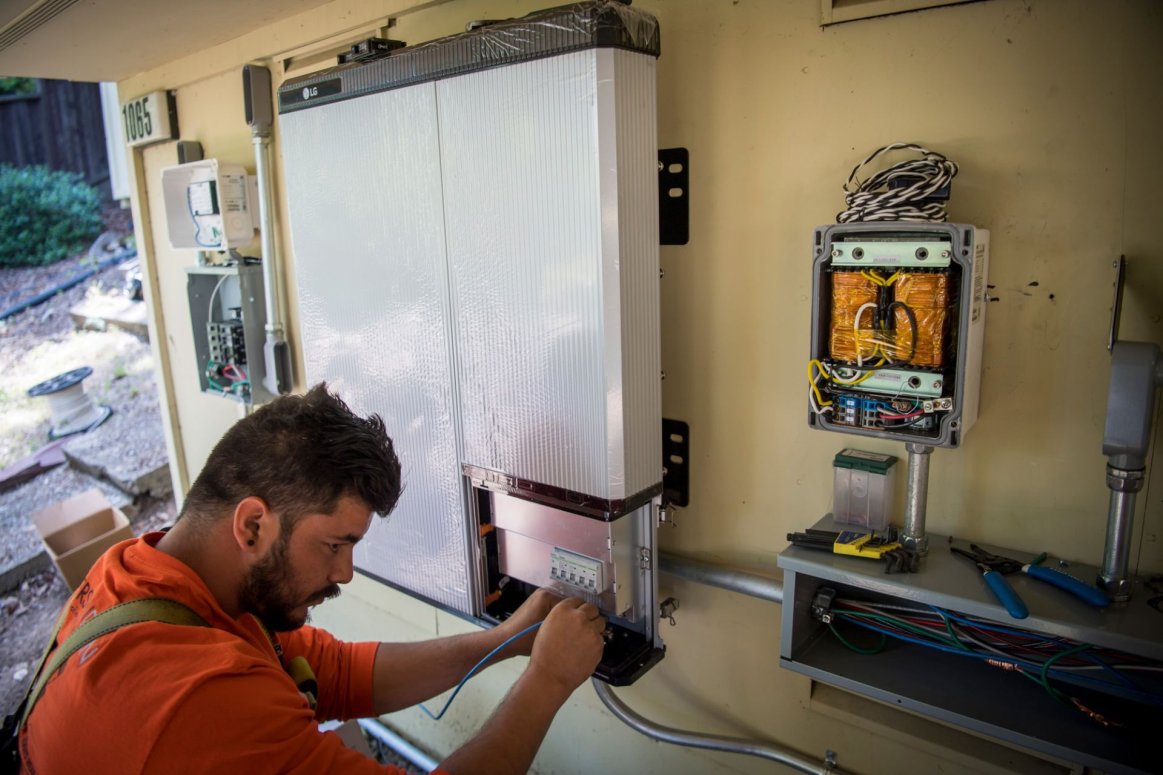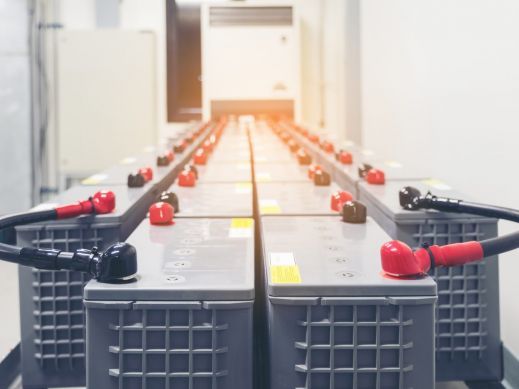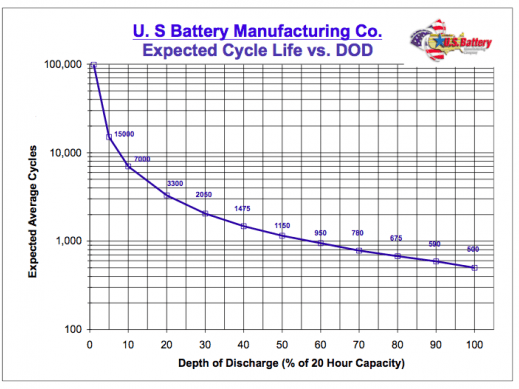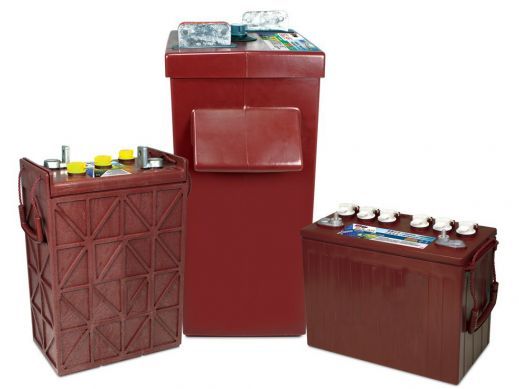
With battery adoption becoming more prevalent getting the size of the battery bank correct is becoming a vital job for solar contractors. This article will go through the factors that must be considered when sizing a battery bank, the steps that need to be taken to size a system, how to size an entire system, and some tools to assist contractors with battery bank sizing and their limitations.
Reasons to properly size a battery bank
Why is it important to properly size a battery bank? This is because proper sizing will provide proper load support, this can have a trickle-down effect on the rest of the system. We will go over some of the effects that could occur if a battery bank is under-sized here. To start, the battery bank may not be able to support the load for the time needed. During periods of low production, winter or rainy season, the batteries may not be starting load support from a full charge. This will shorten the amount of time they can support the load. Second, the batteries may reach full charge while the solar resource is still available, wasting the solar resource. Once loads are met and the batteries are charged, systems that cannot or do not sell excess power back to a Utility, or use a diversion load, simply go into float mode. Finally, the Amp Hour capacity of a battery bank is increased as the Discharge Time is increased. A smaller bank means a higher discharge rate leading to deeper cycles and shorter battery life.
There are also sizing effects if a battery bank is over-sized. Batteries may not reach full charge if the system does not produce enough to reach it, which will reduce support time during periods of low or no production (i.e. at night). This can also cause excess generator run time for systems using a generator as it is kicked on to fill in where the battery is unable to support the required loads. For systems without a generator, a larger array will be needed to ensure the batteries receive a full charge. Expanding the array will add cost, both in un-needed batteries, extra solar modules, racking, wiring, and charge controllers. This will also add additional fault points to your system.
What factors must be considered when sizing a solar battery system?
Here are a few of the questions that you should ask yourself when sizing a solar battery system. What is the intended use of the system? Is the system being used for daily load support to reduce or eliminate Grid Power consumption, or is the system being used solely as a back-up power supply during a Grid Outage? This will help determine the type of battery you select based on cycles and performance. What is the budget for the project? A small budget may mean fewer batteries and solar and more dependence on a generator. How much does the customer want to off-set? Is this for a small critical load panel for grid-outage, or is this an off-grid application where the entire load needs to be considered?
System sizing steps
First, you will want to determine the critical loads. For a back-up power application, these are typical: some lights, the refrigerator, a heating system if it requires electricity, a water pump, a few outlets for small items. Next, determine how many hours each load will run. If you have a light using 10 watts and it runs for 5 hours: 10 watts x 5 hrs = 50 Watt Hours. Now take all critical loads and do this calculation to add up all the Watt Hours for all loads, this is your total load in Watt Hours (WHRs). Finally, determine the Autonomy – how many hours you want the battery bank to support the load without solar or other charging.
Battery considerations
Another key step in sizing a battery bank is taking the type of batteries that you will be using into consideration. There are many factors to consider when selecting the right battery type for your projects. Here we will go into some key elements.
What is the recommended Depth of Discharge (DoD) by the manufacturer? Most flooded or Absorbed Glass Mat (AGM) batteries are recommended to be cycled at no more than 50% DoD. This does not mean they cannot be cycled lower, but for maximum life, this is recommended.
What is the total number of cycles at the recommended DoD? If a battery has 1,000 cycles at a 50% DoD, this battery has 2000 cycles at 25% DoD.
What are the temperature extremes the batteries will be subjected to? A Flooded Lead Acid battery has less capacity in very high or very low temperatures. An example: starting your car on a below zero morning. Flooded Lead Acid (FLA) batteries will freeze in sub-zero weather if the battery’s state of charge (SOC) is not near 100%. Absorbed Glass Mat (AGM) batteries perform better in very cold or very warm temperatures. Lithium batteries have many chemistries, and each should be reviewed for operating temperature range.
What is the maximum charge and discharge rate recommended by the manufacturer? Are all parallel conductors in your battery bank of equal gauge and length? All of these are important questions to consider for every battery-related project.
Next month we will do a deep dive into how to size an entire system, how to size a solar array that will provide the solar needed for the energy storage desired, and some tools available to help size systems.




Comments
Richard - good overall teaching on the complex world of battery systems. Most customers have an overly optimistic view of what they are expecting verses what it will actually cost to give them what they want (and most don't really know what they for...).
To back up most homes would require about 30 - 40 kWh per day - which would mean a 10 -12 kW solar array (here in the upper midwest) and about (16) large lead-acid batteries ($6,500). Or about (4) Tesla Powerwalls ($32,000). Plus inverters and electrical labor. You could easily end up with a $50,000 system. When a simple $800 "pull the rope" gasoline generator from Home Depot would do the same thing....
Dave,
Thank you for your comments.
I agree with your sizing for the Midwest for “Whole Home” back-up. I also agree that a generator is a solution that should also be considered.
The most common solution that I see, use a critical load panel and back-up for “Critical” loads, such as heat, some lighting, a refrigerator, a few outlets for laptop and cell phone charging. Some still are “Whole Home” as well.
Using a generator allows the system owner to reduce the size of the battery bank and load support time. For systems using both, short term grid outages may be supported by the battery bank with no generator use. For longer outages, the generator can be used intermittently to support large loads and charge the batteries. This type of system maximizes the efficiency of the generator by sending any power not consumed by loads, to the batteries. The battery use reduces the run time on the generator saving fuel, carbon emissions, and maintenance on the generator.
The most important part in deciding is to present all available options and pricing to your customer and let them decide what solution best meets their goals.
-Richard Henes
Looking forward to the deep dive.
Hi Richard! Thank you for putting this together. Even though I have been through multiple battery classes, when you don't use it, you lose it...or at least part of it. As I read through your introduction, I found that I actually remember more than I thought I did. Regardless, I appreciate you taking the time to educate folks in an easy to read and understand format.
Hello. You're very welcome. Thank you for your kind feedback. Looking forward to sharing my experiences.
Thanks again,
-Richard Henes